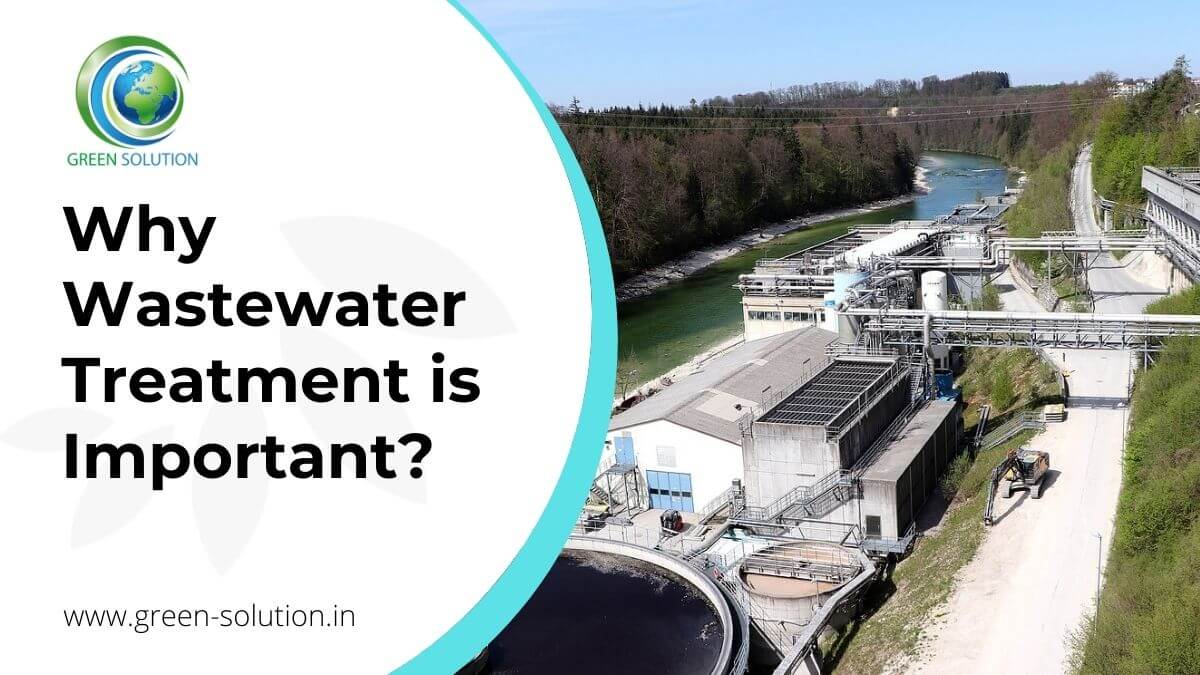Reclaim Waste for Dummies
Table of ContentsGetting My Reclaim Waste To WorkHow Reclaim Waste can Save You Time, Stress, and Money.Get This Report on Reclaim WasteNot known Factual Statements About Reclaim Waste All About Reclaim Waste
Domestic sewer waste refers to the waste and products from a domestic septic container. The proper monitoring and disposal of domestic sewage waste need fluid waste to be moved to a sewer therapy plant where the appropriate techniques and equipment are applied to detoxify and dispose of waste.
Industrial waste frequently consists of possible risks, such as combustible products or a mix of fluid and strong waste items, and requires an advanced and comprehensive disposal process. The disposal of commercial waste commonly entails the filtering of waste prior to transport to guarantee secure and proper disposal. Industrial waste is developed from by-products and overflow of commercial processes and production.
This kind of waste can not utilize the very same sewer management transport or procedures as septic or commercial liquids. The industrial waste administration procedure needs the inspection and testing of liquid waste before it goes through the disposal process (liquid waste disposal). Drainage waste is the fluid waste that originates from drainage and excess stormwater in very populated areas or cities
Overflow waste can cause contamination and flooding if not handled correctly. Find out more regarding sewer cleaning and waste management. Guaranteeing appropriate waste administration can avoid disasters and decrease environmental injury. Both people in household settings and professionals in commercial or production sectors can gain from comprehending the procedures and policies of fluid waste administration.
A Biased View of Reclaim Waste
Get in touch with PROS Solutions today to find out concerning our waste management and disposal solutions and the proper ways to care for the fluid waste you create.
(https://hearthis.at/leon-aube/set/reclaim-waste/)Do you recognize what occurs to your water when you end, flush the bathroom or drain the cleaning device? No? Well, it deserves knowing. This so-called 'wastewater' is not just a crucial source but, after treatment, will be released to our land, waterways or the ocean. Used water from bathrooms, showers, baths, kitchen sinks, laundries and industrial processes is referred to as wastewater.

water utilized to cool down machinery or clean plant and equipment). Stormwater, a form of wastewater, is drainage that streams from agricultural and metropolitan areas such as roof coverings, parks, gardens, roadways, courses and gutters into stormwater drains, after rain. Stormwater streams without treatment straight to local creeks or rivers, at some point getting to the ocean.
Unknown Facts About Reclaim Waste
In Queensland, most wastewater is treated at sewage treatment plants. Wastewater is delivered from domestic or commercial websites with a system of drains and pump terminals, recognized as sewage reticulation, to a sewer therapy plant. City governments construct, maintain and operate most sewer therapy plants. Operators are licensed under the Environmental Protection Act 1994 to release treated wastewater at an appropriate ecological requirement right into waterways.
The Department of Natural Resources advises city governments regarding managing, operating and keeping sewerage systems and treatment plants. In unsewered areas, regional governments might call for homeowners to set up private or household sewer therapy systems to treat domestic wastewater from commodes, kitchen areas, restrooms and laundries. The Division of Natural Resources authorises making use of household systems when they are verified to be efficient.
In some brand-new communities, treatment of some stormwater to get rid of clutter, sand and crushed rock has begun using gross contaminant traps. Wastewater therapy takes place in four phases: Removes strong matter.
Wastewater then flows into huge containers where solids settle and are eliminated as sludge. Grease and scum are skimmed from the surface area. Uses tiny living microorganisms referred to as micro-organisms to damage down and get rid of staying liquified wastes and fine fragments. Micro-organisms and wastes are integrated in the sludge. Gets rid of nitrogen and phosphorus nutrients that could cause algal flowers in our rivers and threaten aquatic life.
4 Simple Techniques For Reclaim Waste
Nutrient elimination is not offered in any way sewer therapy plants since it calls for pricey specialist equipment. It is coming to be a lot more common in Queensland. Clear fluid effluent created after therapy might still contain disease-causing micro-organisms. If this effluent is released into rivers such as rivers or the sea, the micro-organisms will Check This Out ultimately die out.

Most wastewater flows right into the sewerage system. Under the Act, neighborhood federal governments administer authorizations and licences for ecologically relevant tasks (ERAs) entailing wastewater releases that might have a regional influence.
Indicators on Reclaim Waste You Need To Know
Or else, examples are taken for laboratory analysis. Usually many examinations are needed to develop the degrees of each of the various contaminants such as oils, hefty steels and pesticides in water. Surveillance offers accurate info concerning water quality and can confirm that licence conditions are being satisfied. The info obtained with monitoring gives the basis for making water quality choices.